Trying to minimize my air travel as much as possible (frankly, airplanes are just the most boring and tedious way to travel), I had to figure out another way to get from Japan to South Korea. At their closest, these 2 countries are still seperated by some 200 kilometers of water. Luckily, there exists a boat that can cover that distance in just 3 hours!
However, getting from the remote fisher village near Nagasaki that I stayed at to Fukuoka on time proved barely doable. Luckily, I managed to get to the harbor with a whole 10 minutes to spare!

Busan
Once I got to Busan in South Korea, I had to find my hostel. I made the mistake of trusting Google Maps, and ended up at the wrong building of the same hostel branch. The staff was incredibly kind however, and changed my booking free of charge! The hostel itself was placed right besides the Jagalchi Fish Market. An interesting place, but smelly place.
I spend a few days exploring Busan, which is a city divided by various mountains and bays. While it certainly had some interesting sites, Korea just didn't really click with me yet. I decided to get on a boat to Jeju island (which was recommended to me by almost every Korean I had met so far) as soon as I could.
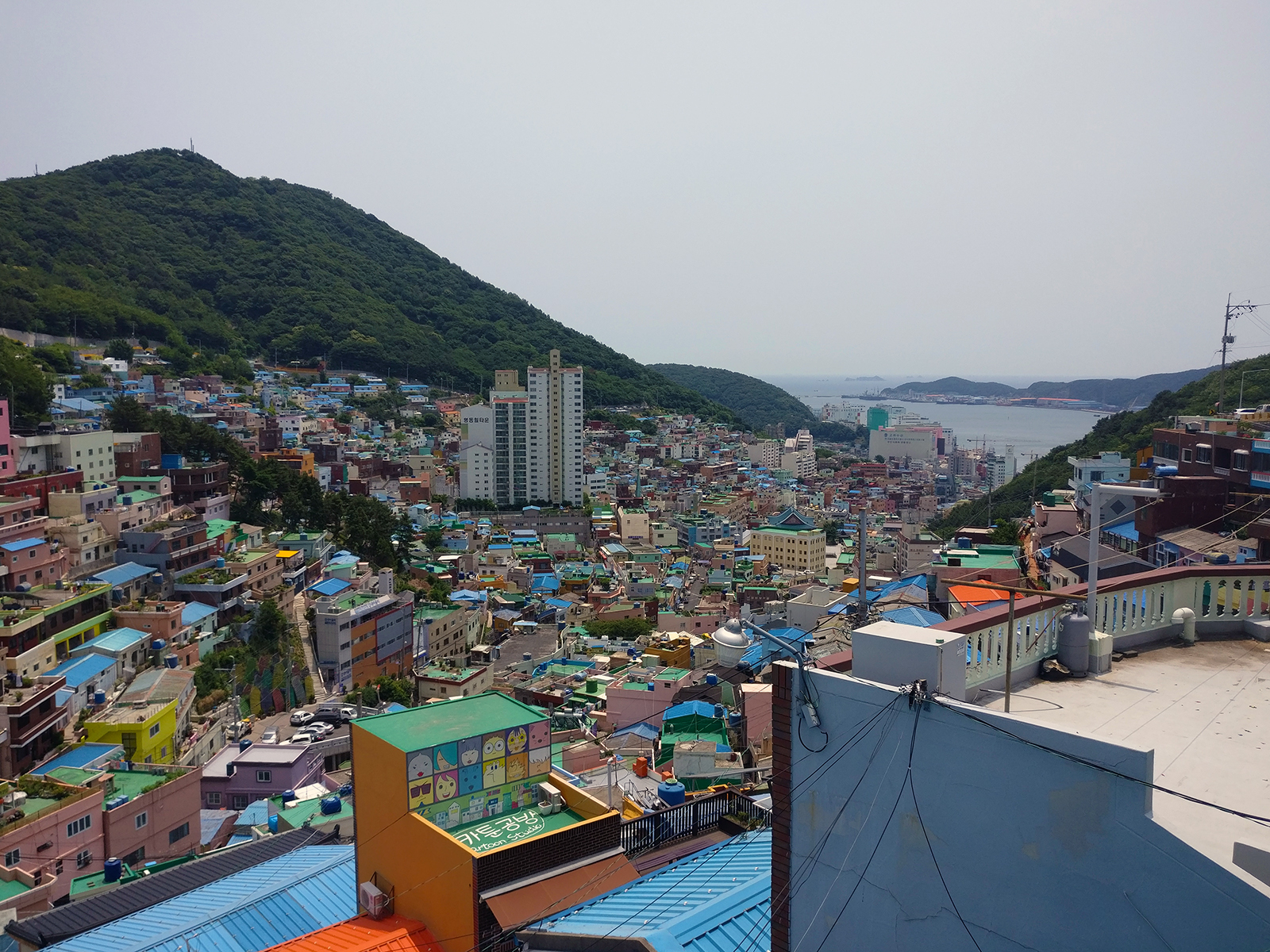
Jeju
The Boat to Jeju was a lot bigger and slower than the boat that got me to Korea, meaning it would be an overnight trip. I got a 6 bed cabin all for myself, but the journey was very uncomfortable regardless. We arrived on Jeju early in the morning, and I even got to my hostel in time to enjoy some breakfast (Which was extremely kind of the staff, most places will just let you store your bag and have you come back after check-in time). Together with some other guests we went to see Jeju's lava tube system (Jeju is a volcanic island, and the lava streams have formed a network of caves underneath the surface). Unfortunately it was raining all day, so we didn't get to see much of the outside beauty of Jeju.
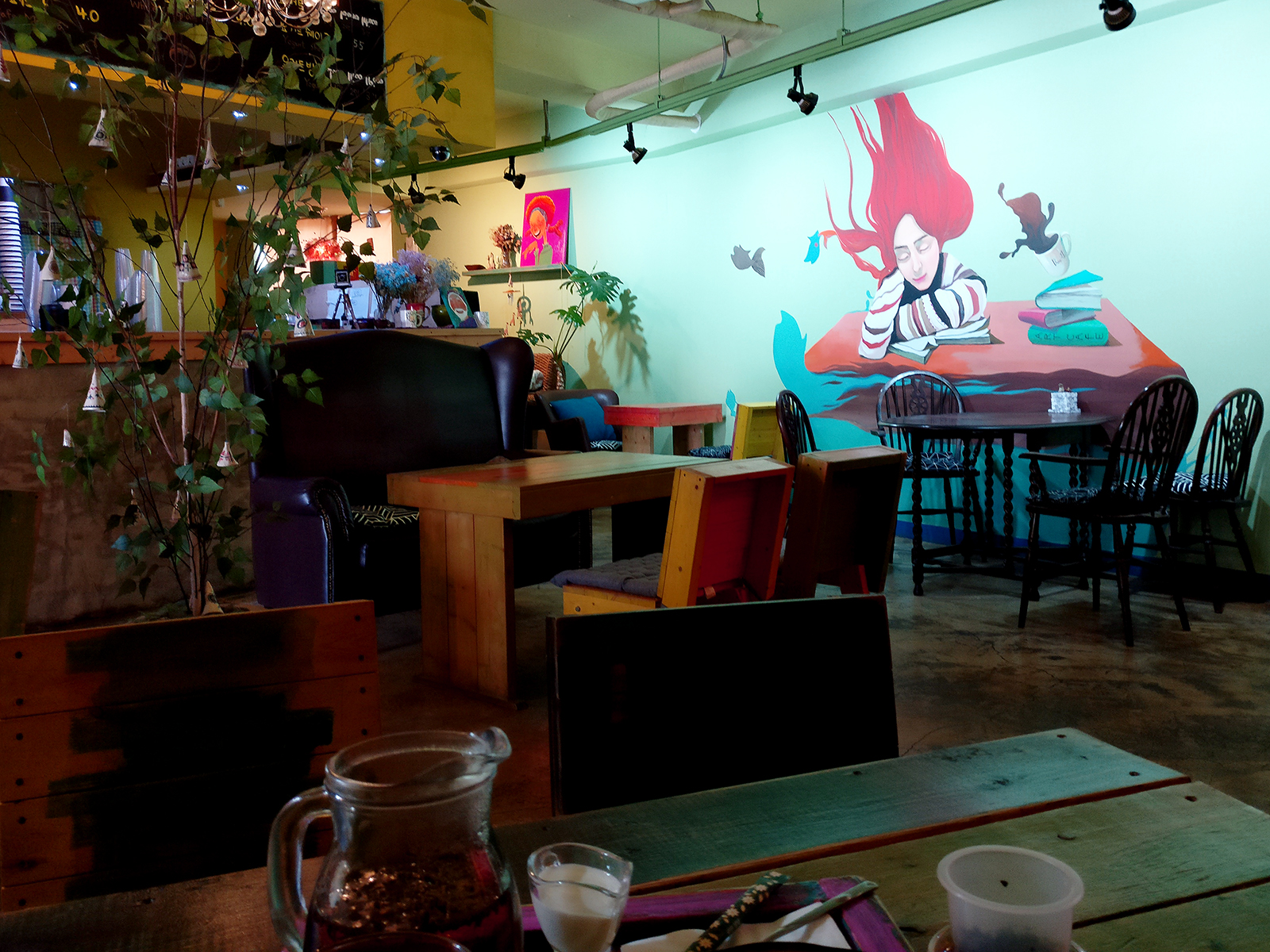
The next few days were spent exploring the sights that Jeju has to offer, such as hiking to the top of Hallah-san (The rainclouds were still looming though, so we couldn't see much from the top :( ), and visiting the many waterfalls on the south side of the island. After taking multiple taxis to random spots on the island, and being fairly lost, David (a British exchange student) and I managed to get our first hitchhike-ride back to civilisation!
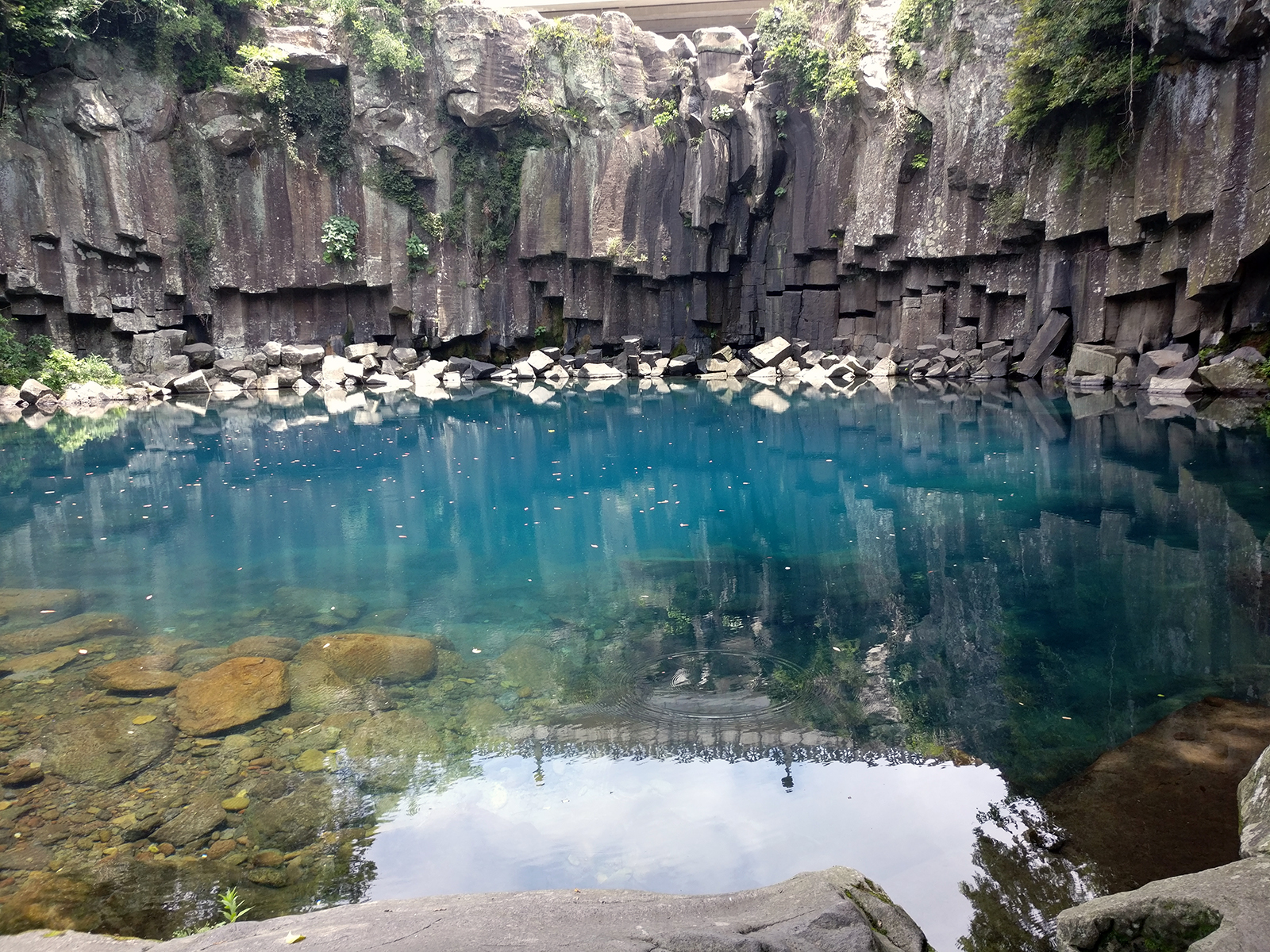
Jeonju
Because more rain was forecast for Jeju island, and I didn't have much time left in Korea anyway, I headed back for the mainland. Again this was by boat, but luckily this time it only took a few hours. We sailed to Mokpo, and from there it was a short walk to my hostel. The next day, I jumped on the train and went to Jeonju.

Jeonju is known for it's Hanok village, a quarter filled with Traditional Korean houses and alleys. It's become a bit of a tourist trap, but the owner of the guesthouse, mr. Lim, drew his recommended route on a map. Following this route avoided as many gift shops as possible, while still getting a good feel for the Hanok village. I had dinner with some Korean guests that night, and finally tried some Bibimbap (boiled rice with a lot of meats and vegetables).
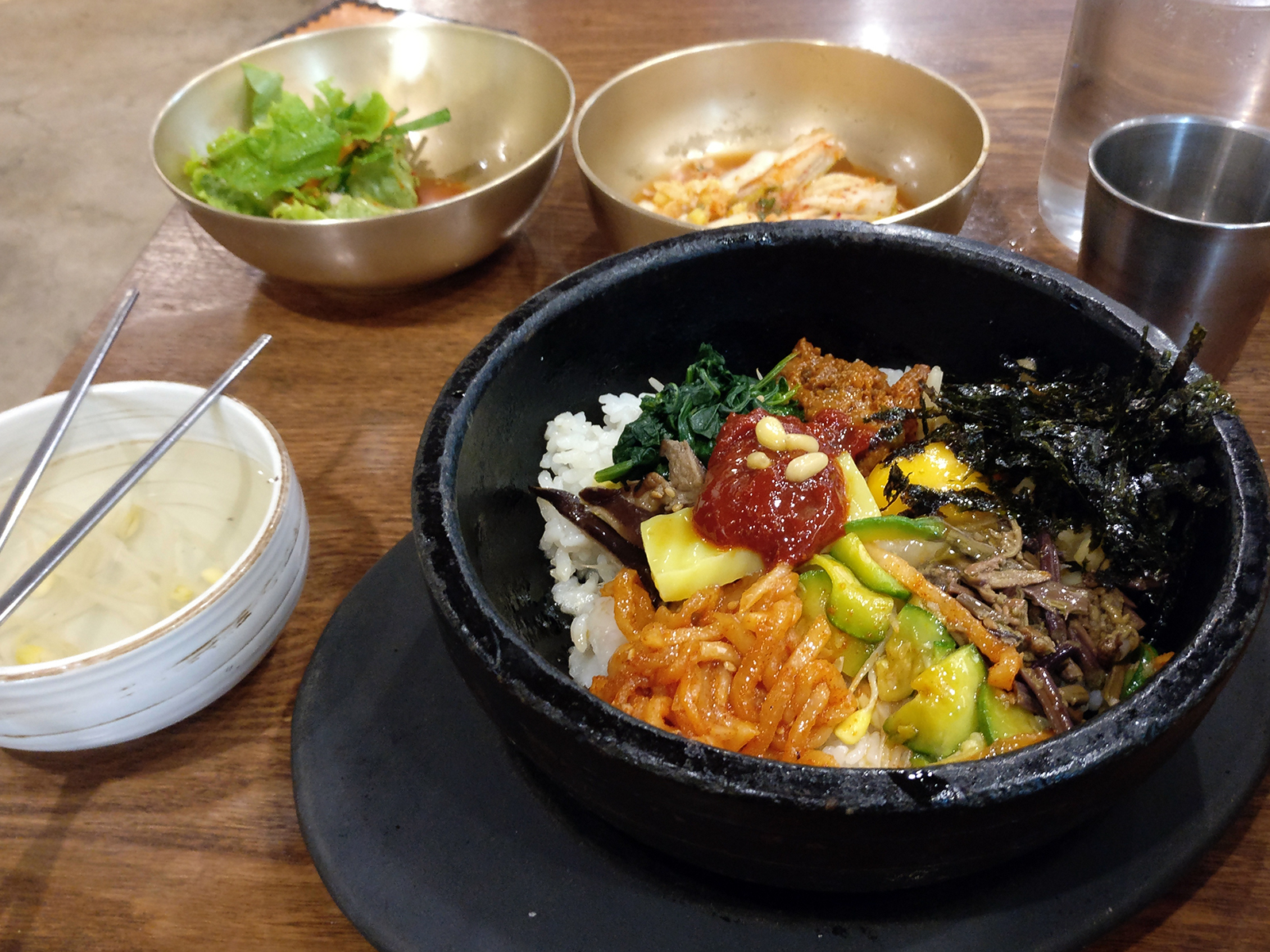
Seoul
My last stop in Korea was, of course, Seoul. I would stay here a few days, and then fly to Shanghai. Seoul is one of the worlds biggest cities, and has a lot to offer. I spend time wandering through some of the districts (such as the famous Gangnam), seeing the city from the top of Seoul tower, and exploring yet more old Asian palaces.
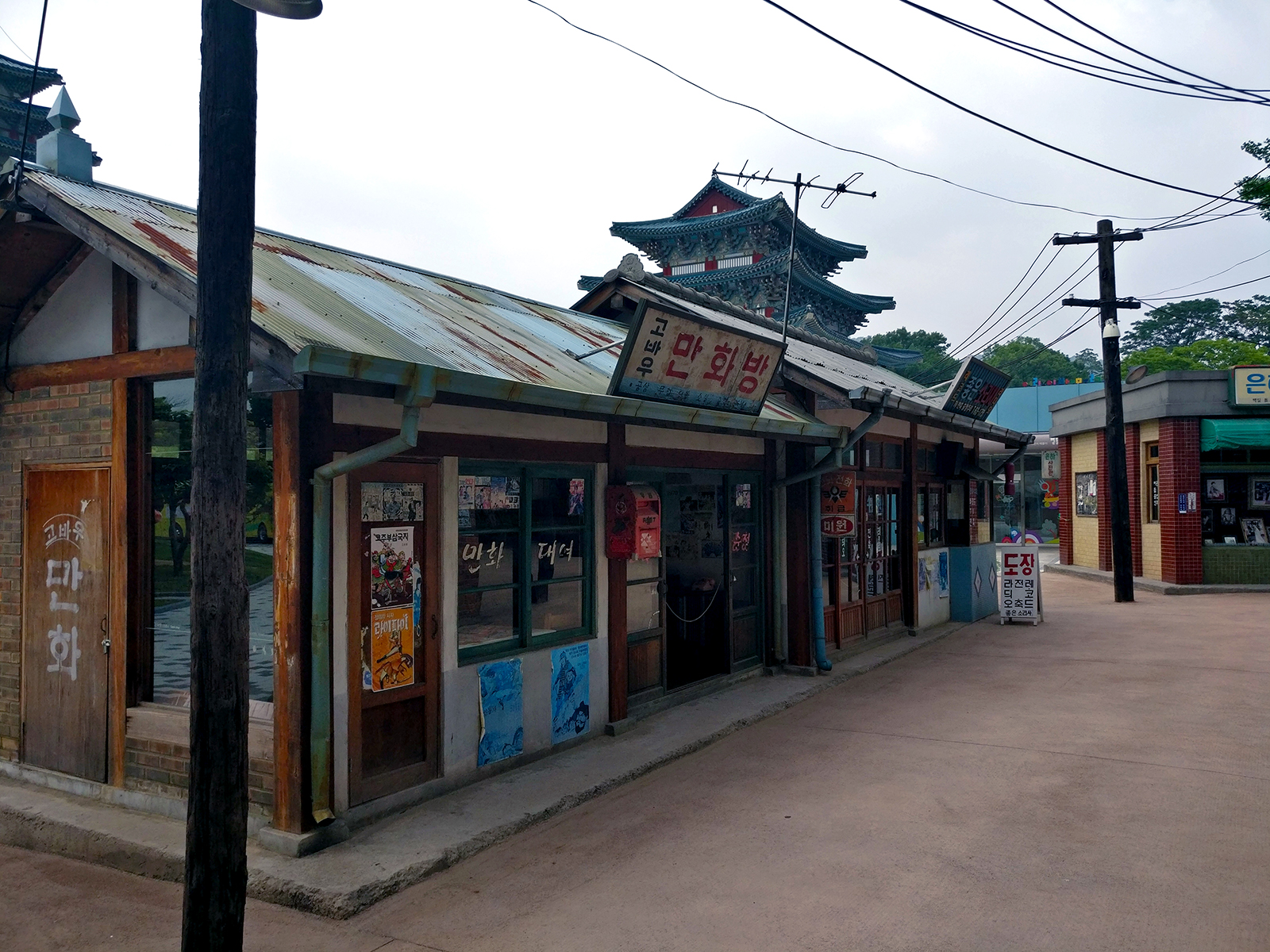
My final day in Seoul was spend at the War Memorial of Korea. The Korean war is an imposing and awful part of history, and I must admit I didn't know a whole lot about it. The War Memorial displays a lot of monuments, pieces of equipment used in or after the war, and a large museum. Although it is not exactly a cheerful experience, I feel anyone visiting Seoul should visit the memorial.

Although it took me some time to get warmed up to Korea (maybe part of that was coming from Japan), I ended up having a good time in the end!